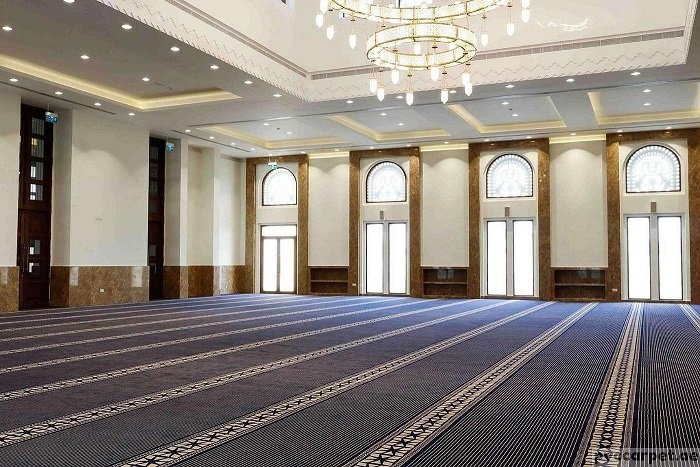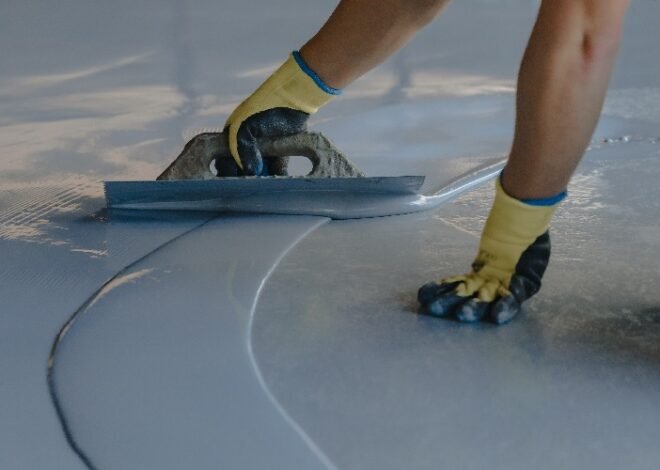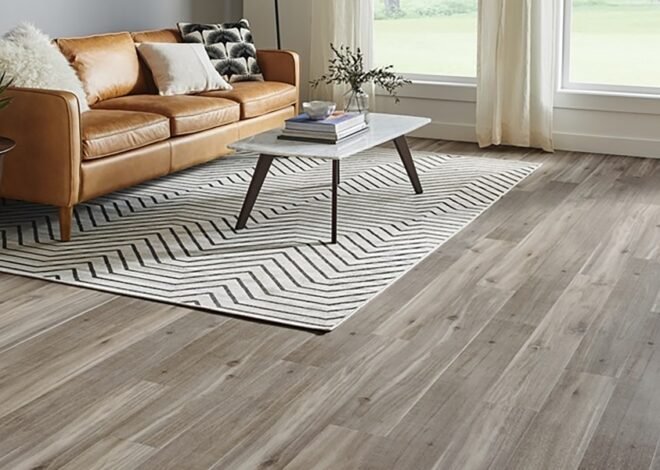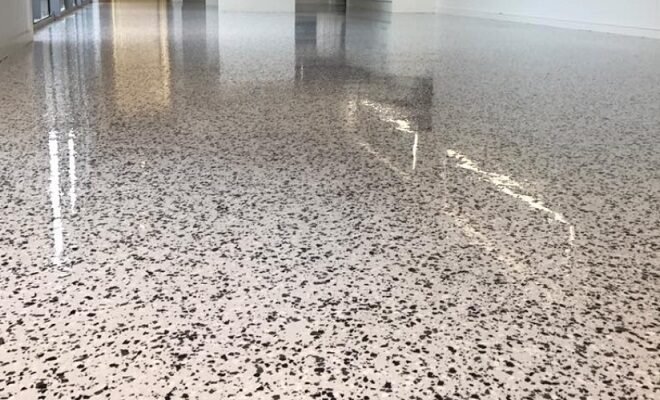
Intricate Patterns of Serenity: Exploring the Beauty of Mosque Carpets
Mosque carpets are more than just decorative elements; they are profound expressions of culture, spirituality, and artistry. Each intricate pattern woven into these carpets tells a story, blending history, religion, and craftsmanship into a tapestry of serenity.
The beauty of mosque carpets lies in their detailed designs. Floral motifs, geometric patterns, and calligraphic elements are common, each carrying specific meanings and symbolism. Floral patterns often represent paradise, an eternal garden of peace and tranquility that believers strive for. Geometric designs, with their intricate interlocking shapes, symbolize the infinite nature of the universe and the unity of creation. Calligraphy, often featuring verses from the Quran, adds a layer of sacredness, reminding worshippers of divine words and wisdom.
The craftsmanship involved in creating these carpets is remarkable. Artisans use traditional techniques passed down through generations, ensuring that each carpet is a masterpiece. The process begins with selecting high-quality materials, such as wool, silk, or cotton. These materials are then dyed using natural dyes, which not only provide vibrant colors but also ensure longevity and sustainability. The weaving process is meticulous, with each knot carefully tied to achieve the desired pattern and texture.
One of the most awe-inspiring aspects of mosque carpets is their ability to create a serene and peaceful atmosphere. The soft texture of the carpet provides comfort to worshippers during their prayers, while the intricate patterns encourage reflection and contemplation. The harmonious combination of colors and designs fosters a sense of tranquility, helping believers connect with their spirituality.
Moreover, mosque carpets are not just functional; they are also a testament to the rich cultural heritage of the Muslim world. They reflect the artistic traditions of various regions, from the elaborate Persian designs to the minimalist Turkish patterns. Each carpet is a unique blend of local and Islamic influences, showcasing the diversity and unity within the Muslim community.
From Tradition to Modernity: The Evolution of Mosque Carpets
Mosque carpets have undergone a fascinating evolution, reflecting changes in art, technology, and cultural influences over centuries. From their traditional origins to modern adaptations, these carpets have maintained their essential role in enhancing the spiritual ambiance of mosques while evolving in design and craftsmanship.
The earliest mosque carpets were simple mats or woven textiles used by the Prophet Muhammad and his companions. These early examples were functional, providing a clean and comfortable surface for prayer. As Islam spread, the demand for more elaborate and decorative carpets grew, leading to the development of specialized weaving techniques and designs.
Persian carpets, renowned for their intricate patterns and superior craftsmanship, played a significant role in the evolution of mosque carpets. The Safavid dynasty in Iran, particularly during the 16th and 17th centuries, saw the height of Persian carpet production. These carpets featured detailed floral motifs, geometric designs, and calligraphic inscriptions, setting a high standard for mosque carpets worldwide.
In the Ottoman Empire, mosque carpets took on a unique style characterized by bold colors and large-scale patterns. Turkish weavers introduced new techniques and materials, creating carpets that were both durable and visually striking. The influence of Ottoman designs can still be seen in many mosque carpets today.


